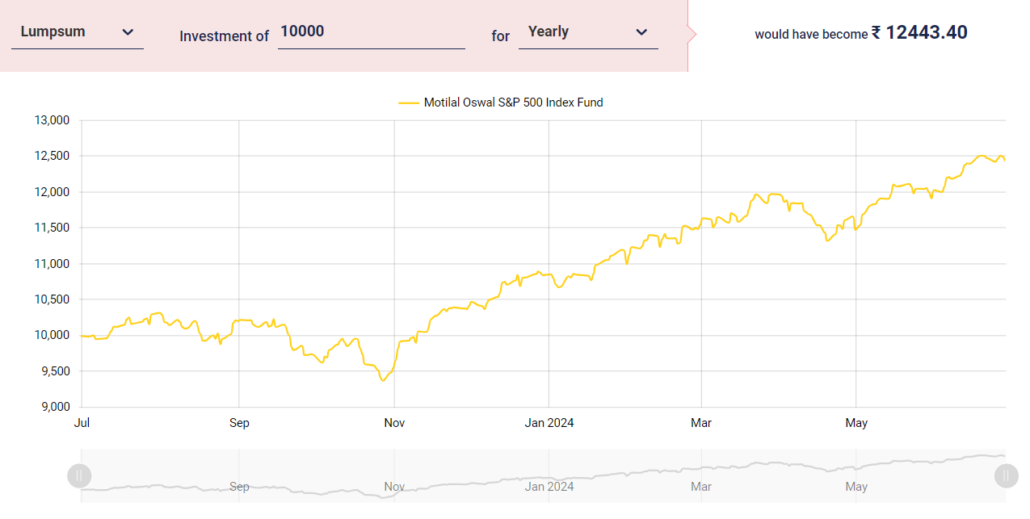PROBABILITES OF DALAL STREET PROBABILITES OF DALAL STREET ON 10th JULY
PROBABILITES OF DALAL STREET ON 10th JULY 2024
Dear market participants , it was very good day for bulls. Nifty today broke the consolidation border and closed above the 24400. Now we can see the activities of institutional investors and some important points.

- FII bought 3.86 Laksh index future and in options, they have bought 4.15L calls and 3.38L puts. so they are bullish in futures and indecisive in options.
- DII’s sold 76708 index futures and in options they bought 3.36L puts and 2078 calls only. so there is negligible bearish.
- Clients are strong bearish in the future and indecisive in options.
- If we look at Global markets US markets are slightly green there is no big movement on either side European markets are negative and Asian markets are also somewhat negative.
- The volatility index was up by 5%, which closed at 14.28. as said in the last report because of budget. it would
- As per open interest nifty has 24300 followed by 24200 has the highest put seller and 24500 has the highest call seller.

Nifty broke the consolidation and sustained above the resistance level of 24400. now the probability of reaching 24500 is very high in nifty but one should keep in mind that before budget there is less chance of significant move on both sides. So for nifty rallied from 23350. The chance of getting more profit is when one should keenly observe at a support level and enter the bull market.
-By
A Ganesh R bhat





























